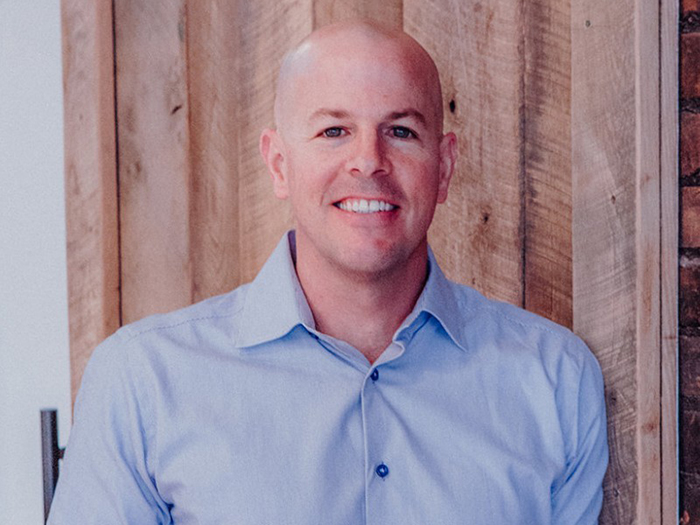Adjuster X
A Not-So-Magic Carpet Ride
I received a claim involving a serious ankle fracture from a slip and fall. The injured worker, Greg, 65, had slipped on his office’s carpeted floor. Three co-workers witnessed the accident. Greg was taken to the emergency room and admitted. My nurse case manager confirmed a diagnosis of right ankle tri-malleolar fracture. Greg, a part-time employee, remained out of work.
When we spoke, he was somewhat guarded. I asked if there was anything that contributed to his fall; he replied that perhaps the carpet was uneven. He said there was no prior relevant medical history, and provided the names of the co-workers who assisted him.
The claim looked compensable since it arose out of and occurred in the course of employment, and on the employer’s premises. But I decided to interview the co-workers anyway.
Two confirmed that there were places where the carpet was uneven, but “everybody just knew about that.” Both also remarked that Greg was on his cell phone when he fell.
I spoke with the employer about the carpet. They had leased space in the building six months prior. As part of their leasing incentive, the building owner had carpet installed. I asked permission to have an expert examine the carpet where Greg fell, with 12 days left prior to initiating benefits.
In the interim, I received the index bureau report showing that Greg had fallen in a bowling alley a year before, spraining the same ankle. It troubled me that Greg failed to mention being on a cell phone and also having a prior injury to the same ankle.
However, my expert confirmed that the carpet was uneven. Under the floor there were recessed chambers with electric plug outlets. On top of each chamber was a lid, which allowed lessees flexibility in configuring cubicles. When carpet was laid on top, it wasn’t quite flush.
Inasmuch as the employer had seen the floor prior to carpeting, without objections, I thought it resolved the matter. But that wasn’t quite the case.
When I told the employer of my findings and my intention to accept the claim, they balked. They felt that Greg violated their procedures by being on a cell phone and also by failing to mention a prior injury.
They planned to submit his claim to their disability carrier and have him use his private health coverage. I sent the requisite denial letter to Greg.
I wasn’t very surprised when I received a statutory hearing notice. It turned out the disability carrier denied the claim due to the doctor’s report indicating work-related history and finding the fracture causally related.
I was even less surprised when I received a Medicare conditional payment lien for the hospital and outpatient care. My attorney opined that exposure was limited to paying the eight weeks of incurred lost time.
Defense counsel said we’d have to cover Medicare’s lien. Under the Medicare Secondary Payor Act, any commercial insurance had to pay prior to Medicare. Since Medicare perceived this to be workers’ compensation, they expected reimbursement.
Based on these developments the employer agreed to accept the claim inclusive of lost time and medical. As a risk mitigation strategy, “everybody just knew about it” isn’t a plan I’d recommend.










